Chong Xie
Elastically-Constrained Meta-Learner for Federated Learning
Jun 30, 2023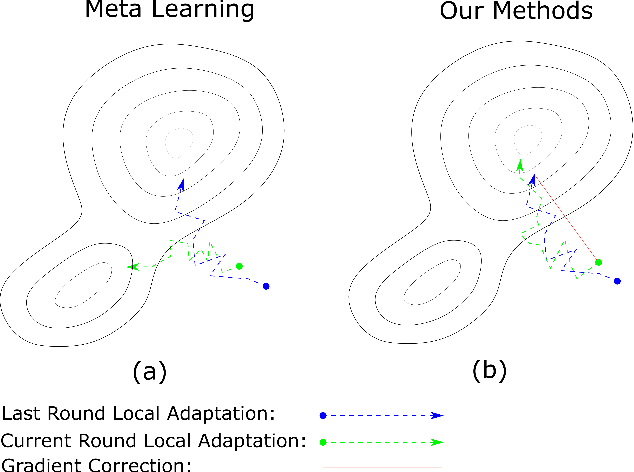

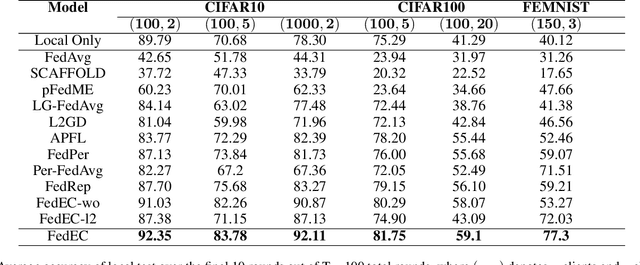
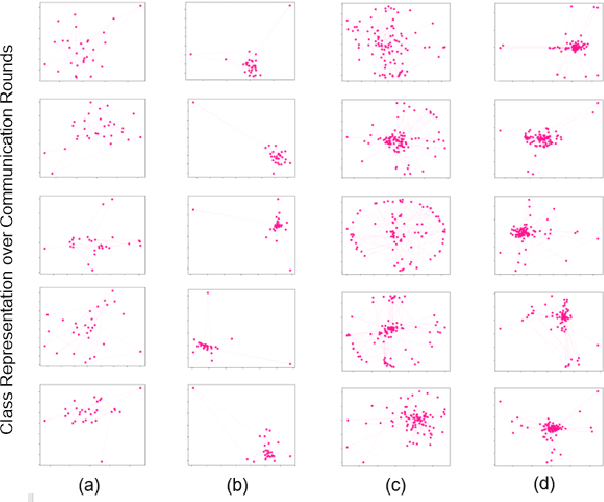
Abstract:Federated learning is an approach to collaboratively training machine learning models for multiple parties that prohibit data sharing. One of the challenges in federated learning is non-IID data between clients, as a single model can not fit the data distribution for all clients. Meta-learning, such as Per-FedAvg, is introduced to cope with the challenge. Meta-learning learns shared initial parameters for all clients. Each client employs gradient descent to adapt the initialization to local data distributions quickly to realize model personalization. However, due to non-convex loss function and randomness of sampling update, meta-learning approaches have unstable goals in local adaptation for the same client. This fluctuation in different adaptation directions hinders the convergence in meta-learning. To overcome this challenge, we use the historical local adapted model to restrict the direction of the inner loop and propose an elastic-constrained method. As a result, the current round inner loop keeps historical goals and adapts to better solutions. Experiments show our method boosts meta-learning convergence and improves personalization without additional calculation and communication. Our method achieved SOTA on all metrics in three public datasets.
Clustering with Fast, Automated and Reproducible assessment applied to longitudinal neural tracking
Mar 19, 2020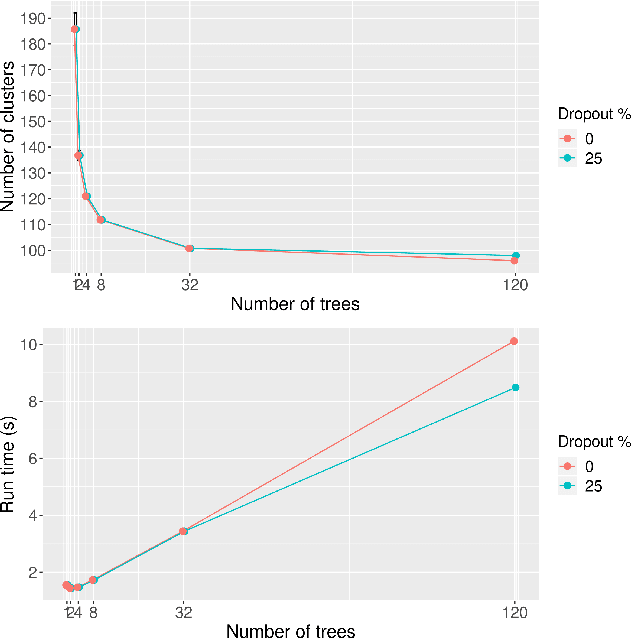
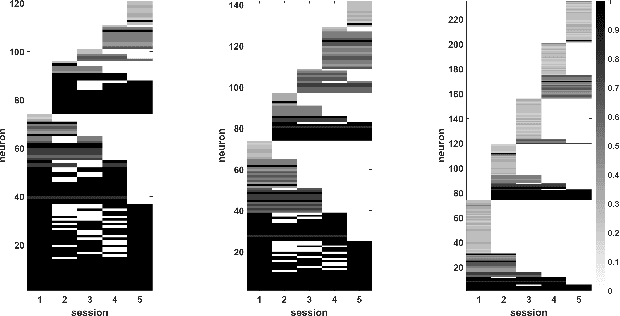
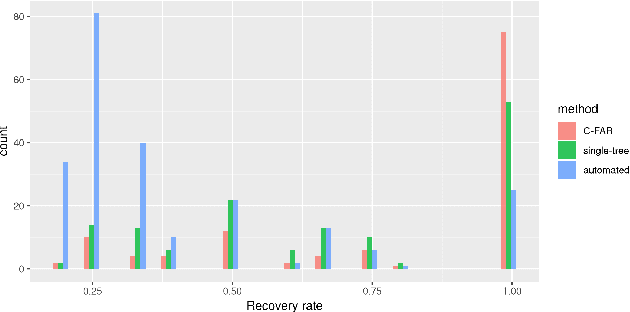

Abstract:Across many areas, from neural tracking to database entity resolution, manual assessment of clusters by human experts presents a bottleneck in rapid development of scalable and specialized clustering methods. To solve this problem we develop C-FAR, a novel method for Fast, Automated and Reproducible assessment of multiple hierarchical clustering algorithms simultaneously. Our algorithm takes any number of hierarchical clustering trees as input, then strategically queries pairs for human feedback, and outputs an optimal clustering among those nominated by these trees. While it is applicable to large dataset in any domain that utilizes pairwise comparisons for assessment, our flagship application is the cluster aggregation step in spike-sorting, the task of assigning waveforms (spikes) in recordings to neurons. On simulated data of 96 neurons under adverse conditions, including drifting and 25\% blackout, our algorithm produces near-perfect tracking relative to the ground truth. Our runtime scales linearly in the number of input trees, making it a competitive computational tool. These results indicate that C-FAR is highly suitable as a model selection and assessment tool in clustering tasks.
 Add to Chrome
Add to Chrome Add to Firefox
Add to Firefox Add to Edge
Add to Edge